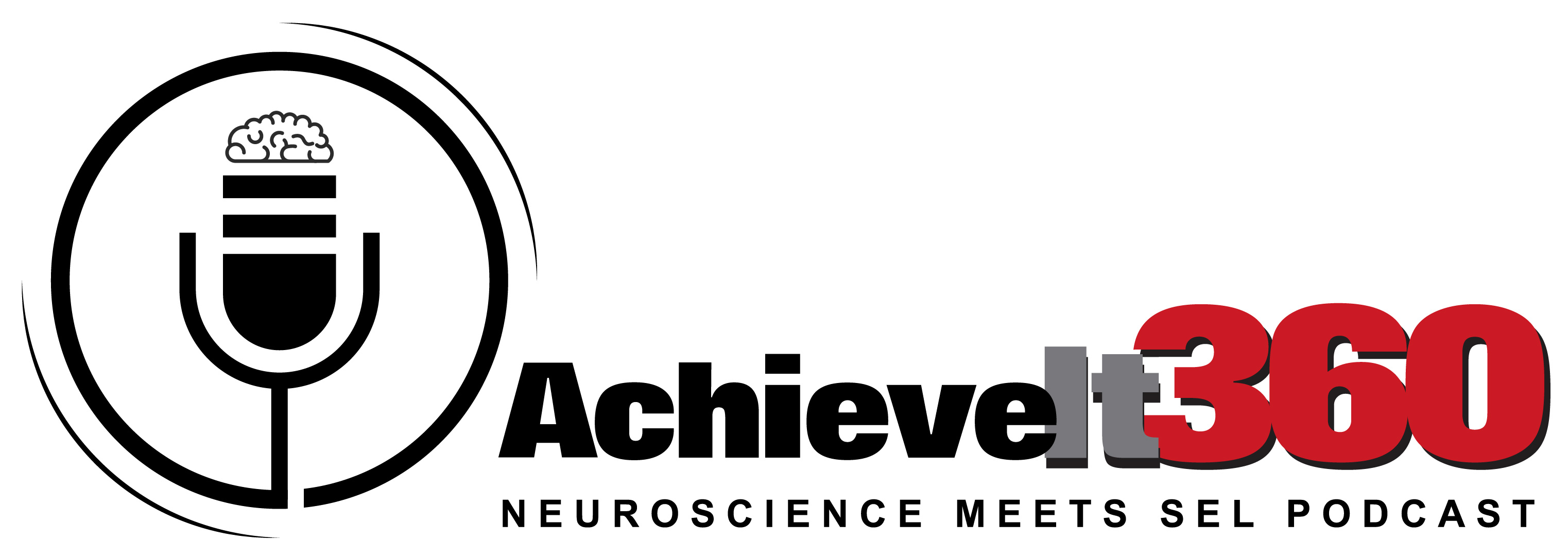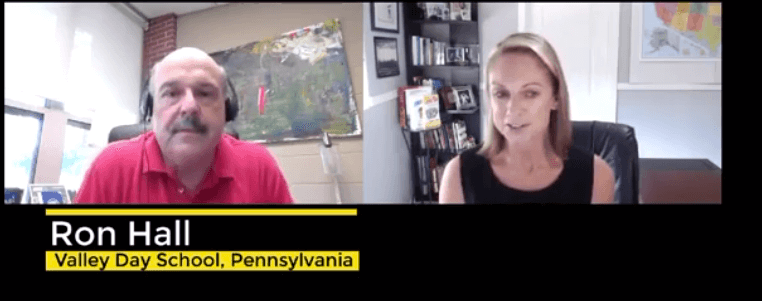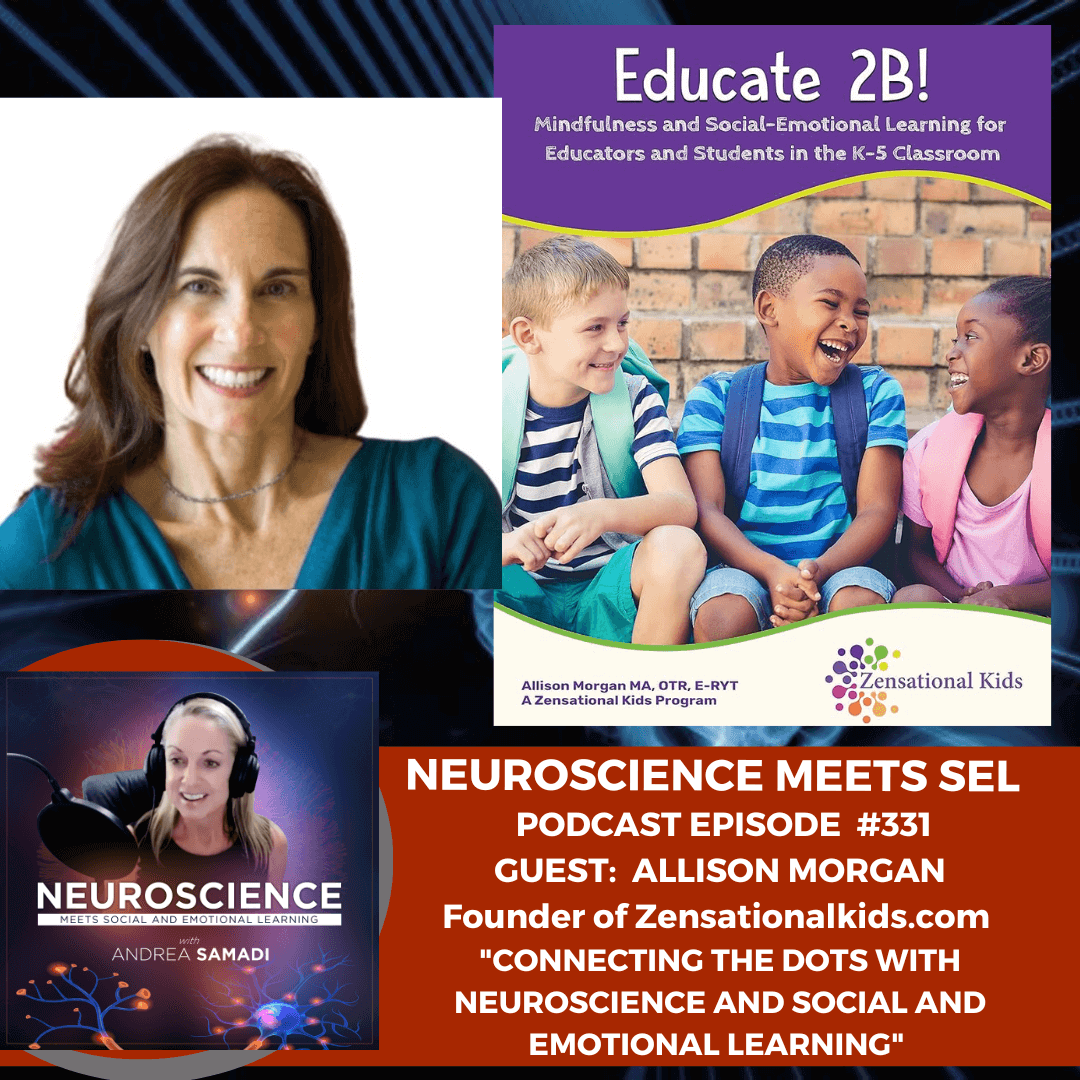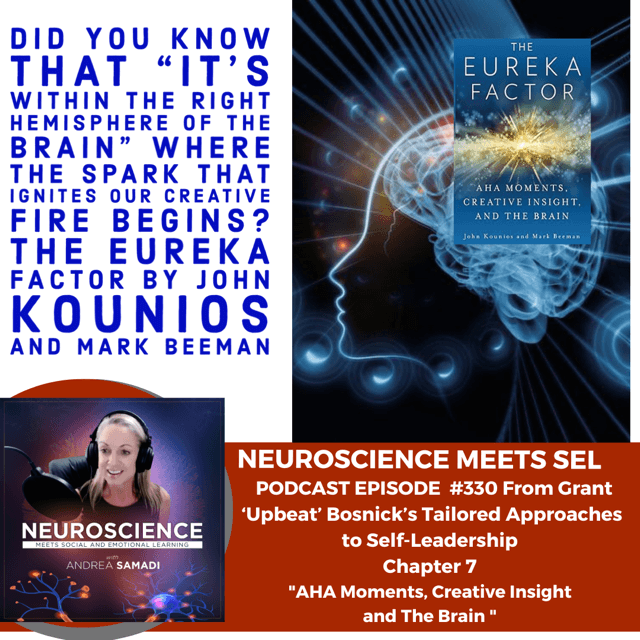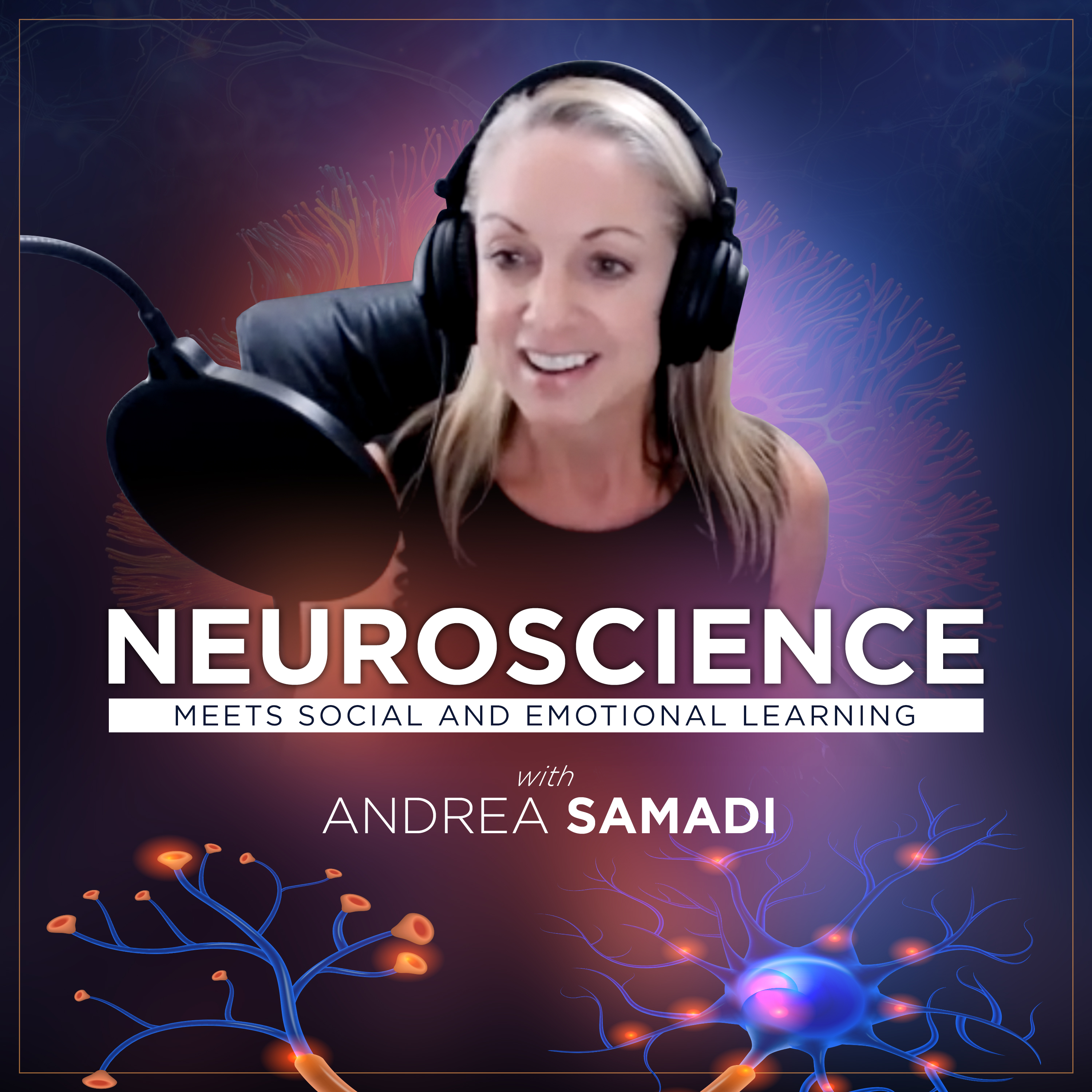Welcome back to the “Neuroscience Meets SEL Podcast” this is Andrea Samadi. This interview will be broadcast on YouTube as well as on the regular podcast channel, so be sure to click on the link if you would like to view the video. In this episode we have a special guest, Ron Hall, the Executive Director of Valley Day School[i] in Morristown, Pennsylvania to discuss how his school improved behavioral outcomes with a neuroscientific approach. If you take one look at Valley Day Schools website in the News Section you can see the forward-thinking nature of this school that is applying cutting edge technology in PE class that combines movement with intellect, challenging students to think while they move. They are using virtual reality to travel to different regions of the world and develop empathy. Teachers hold community meetings with students to get to the root cause of behavioral problems over punishment, and they teach their students about table etiquette, and social/emotional intelligence though advanced technology tools.Welcome Ron, thanks for joining us today.
When I saw the article written about your focus on social support rather than the old punitive approach, I knew I had to contact you so you could share your experiences to help other schools that might be thinking of implementing a program like yours. The more I read on your In the News Section of your website, the more excited I got to speak with you to learn more. I know that summer time is a time to get some rest to rejuvenate for the next year, so I do appreciate you speaking with me during the summer break to help others to see some of your strategies.
Let’s dive into the questions…
-
- In your recent interview “Lessons in Leadership: How an Alternative School Improved Behavioral Outcomes with a Neuroscience Approach”
-
- from educationdive.com you mentioned how you were interested in using an understanding of the brain to facilitate learning prior to being hired at Valley Day School over 15 years ago. It was just a bit longer than that when I was a teacher in the classroom and looking for something like this to help me manage a classroom of behavioral students. My principal sent me to a Tribes workshop, but this was not even close to what I needed. What made you look at brain-based learning back then and what did you discover? We know that 15 years ago there wasn’t the research around social and emotional learning that we now know impacts student achievement and behavior. What do you think is different now than 15 years ago with schools using these strategies to help improve student behavior that we know is tied into achievement? How are you teaching these skills? What happens if some staff do not buy in, or you see some outliers? How do you handle that? Can you explain the demographics of Valley Day School so that other schools can learn from your experience and model your approach? When I looked up your website valleyday.org right on your home page banner under “Cutting Edge Technology” I see a student on a computer with a brain jumping out of the screen. It looks like augmented reality (something I have been following for some time now). What program is that? How are you raising funds for such innovative tools? Where do you see neuroeducation going in the next 5 years and I’m really curious what’s on your roadmap for your next steps in innovation? I really do wish I knew these strategies back when I was in the classroom. It was probably one of the reasons I burnt out of the profession. I know that you believe that to “effectively manage behavior and improve learning, all staff members need to have a thorough understanding of how the brain operates.” Where would you suggest a school begin when looking to implement a neuroscientific approach to prevent teacher burnout? What are the most important components that teachers should grasp about the brain? Ron suggests starting with Harry Wong’s book, The First Day of School.
-
- What do you think students need to know about how the brain works?
Teach students how the brain works.
-
- “If students understand how the brain works, they can gain greater control over their personal growth. Therefore, we teach all students how the brain works. The student will learn where emotions and thoughts come from; how the body reacts to stress and threats; and how life choices of nutrition, exercise, and sleep can profoundly impact their functioning.” (RH)I know that your approach
-
- is centered around developing an environment focused on success. Can you explain how you have used the Bloom Sanctuary Model and Sanchez Resiliency Model to impact your school culture and climate? We know that what we can measure improves and there’s such an emphasis on measurable outcomes these days, how does what you cannot measure translate into measurable outcomes for you? What are some of the Behavioral and Clinical Supports that you use for students? What do you have in place to help educators handle the stress that comes along with the job?For some first steps to implement these strategies in a school or district, I know that having all staff on the same page is important to begin an implementation. “Do your work and research the leaders in the field. I recommend Dr. Lori Desautels
-
- and Horatio Sanchez
-
- to begin with. Also Greg Benner
- Is there anything else that I have missed that you think would be important for a District or School to know to implement neuroeducation as a strategy for improving student behavior and achievement?
[ii] https://www.educationdive.com/news/lessons-in-leadership-how-an-alternative-school-improved-behavioral-outcom/556977/
[iii] https://www.effectiveteaching.com/store/products/books/new-the-first-days-of-school-5th-edition
[iv] https://www.valleyday.org/domain/20
[v] http://revelationineducation.com/
[vi] https://www.learningandthebrain.com/education-speakers/Horacio-Sanchez
[vii] Gregg Benner @GJBenner on Twitter
Podcast: Play in new window | Download
Subscribe: Apple Podcasts | RSS
